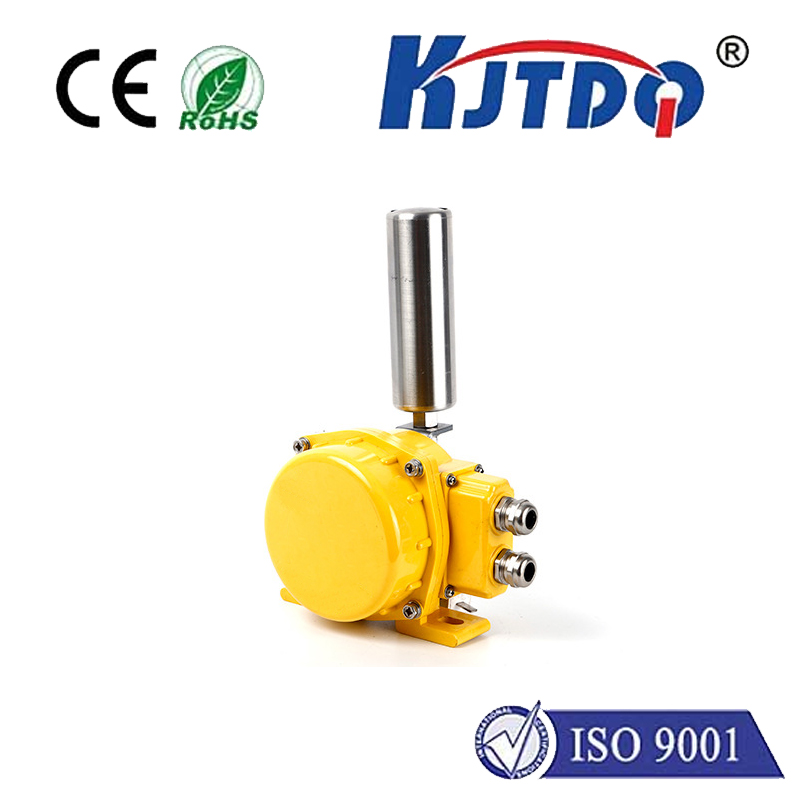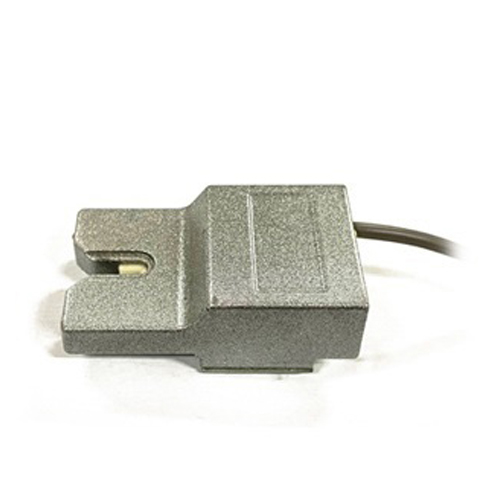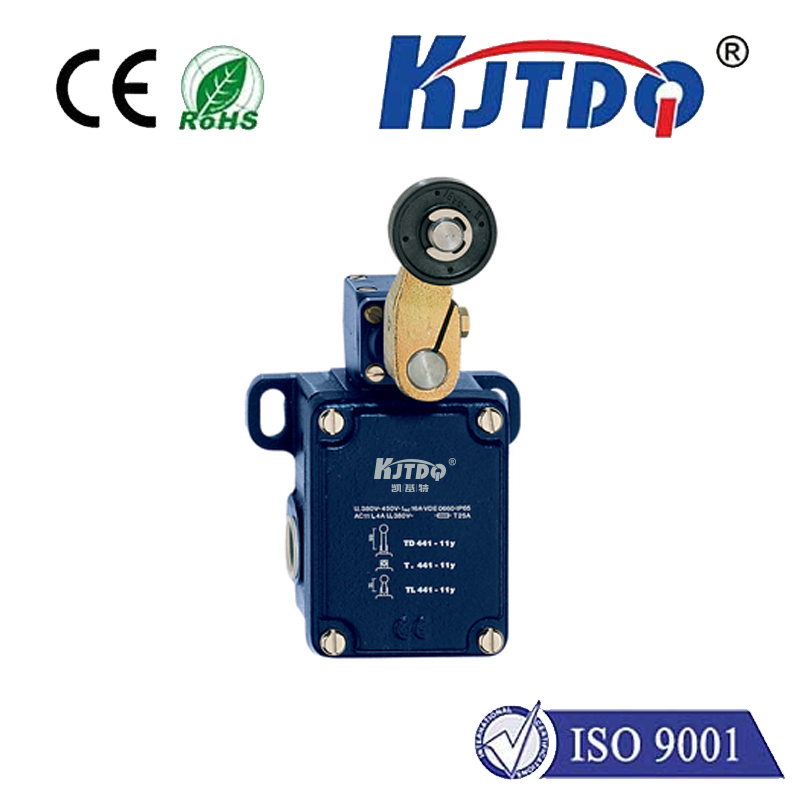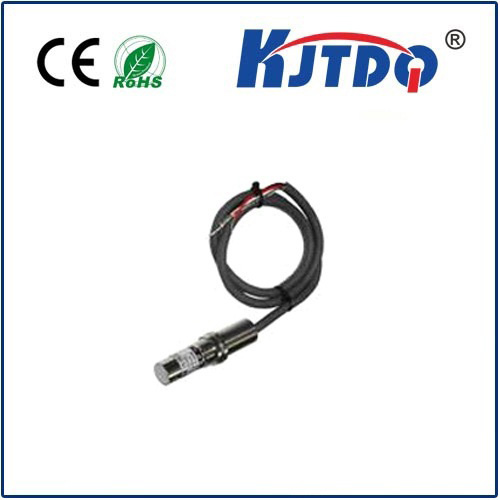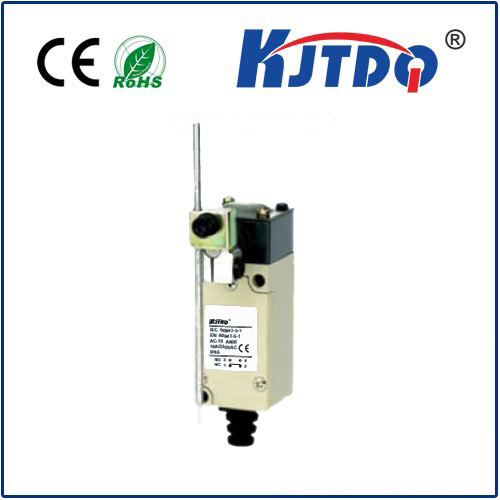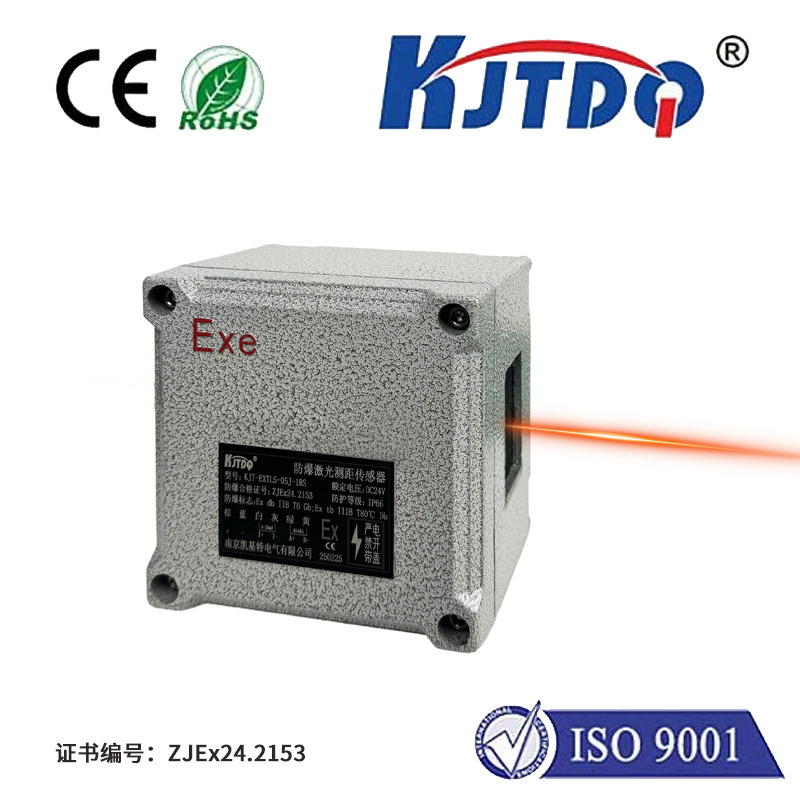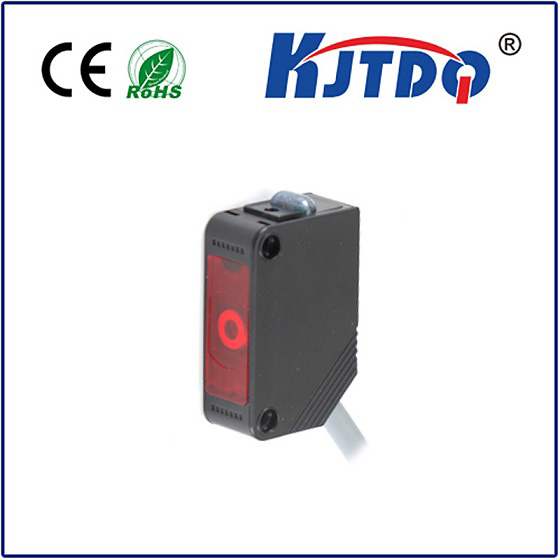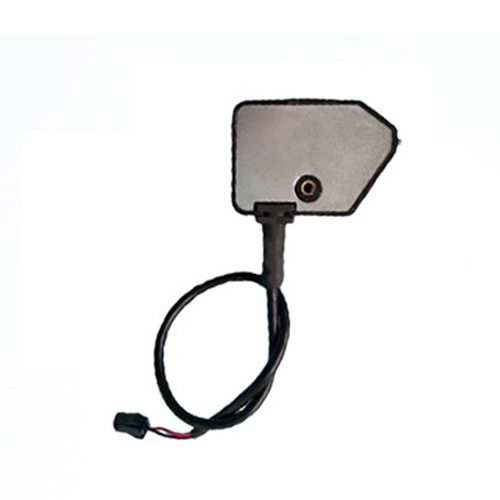wifi proximity detection
- time:2025-06-26 00:20:31
- Click:0
Beyond Connection: Unlocking Location Insights with Wi-Fi Proximity Detection
Ever walked into your favorite coffee shop and your phone miraculously connects to the WiFi, or received a targeted discount offer on your phone the moment you lingered near a store display? Chances are, Wi-Fi proximity detection was silently at work. This increasingly sophisticated technology leverages the ubiquitous wireless networks around us not just for internet access, but to understand where devices – and by extension, people – are located relative to access points, unlocking a world of contextual applications.
Decoding the Signal: How Wi-Fi Knows You’re Close
At its core, Wi-Fi proximity detection hinges on the principle that a wireless signal weakens predictably as distance increases. Your smartphone, laptop, tablet, or any Wi-Fi-enabled device constantly broadcasts and receives signals to communicate with nearby access points (APs). Here’s the fundamental toolkit:

- RSSI (Received Signal Strength Indicator): This is the most common metric. APs measure the strength of the signal received from your device. Generally, a stronger signal (higher RSSI value) suggests closer proximity to the AP, while a weaker signal suggests greater distance. While straightforward, RSSI is susceptible to fluctuations caused by obstacles (walls, furniture, people), interference from other devices, or even the orientation of your device. It provides a basic relative sense of near or far rather than pinpoint accuracy.
- Trilateration/Multilateration: To get a more precise fix, systems often use multiple access points. By measuring the RSSI from a single device at three or more APs simultaneously, algorithms can estimate the device’s position within the covered area, essentially triangulating its location. More APs generally lead to better accuracy. While more advanced than single-AP RSSI, accuracy can still be impacted by the environment.
- Angle of Arrival (AoA) / Time of Flight (ToF): Emerging standards like Wi-Fi 6E and Wi-Fi 7 introduce more sophisticated techniques for accurate proximity detection. AoA determines the direction a signal is coming from by analyzing phase differences across multiple antennas on the AP. ToF measures the exact time it takes for a signal to travel between the device and the AP, directly calculating distance. These methods promise significantly higher precision location tracking indoors compared to legacy RSSI-based systems.
Beyond Basic Location: The Power of Proximity Sensing
Knowing roughly how close a device is to a point, or approximately where it moves within a zone, opens numerous possibilities:
- Retail & Hospitality Revolution: This is a major application area. Stores can trigger welcome messages, personalized offers, or product information when a customer’s phone approaches a specific display or enters a department (“Looking for smart home gadgets? Check our demo station around the corner!”). Optimizing staffing based on foot traffic density in different zones becomes possible. Hotels can enable seamless room entry as a guest approaches their door or alert staff when a guest waits near the check-in desk.
- Enhanced Contactless Experiences: Proximity detection enables truly touchless interactions. Walking up to a meeting room could automatically display the schedule on a nearby screen. Approaching a printer could initiate a secure print job release. Entering a geofenced zone around a venue could automatically check you in for an event. The frictionless experience is the goal.
- Smart Building Efficiency: Optimize energy usage! Lights, heating, or cooling in unoccupied rooms or zones can automatically power down. Systems can detect occupancy patterns to manage resources more effectively. Understanding space utilization helps optimize office layouts and meeting room bookings. Proximity-based automation is key to sustainable operations.
- Asset Tracking Simplified: Track the location of valuable equipment, tools, or inventory tags within a facility (e.g., hospitals, warehouses, factories). Knowing if a critical piece of equipment is nearby on the factory floor or has been moved to a different storage area saves time and reduces loss. While dedicated RFID systems exist, leveraging existing Wi-Fi infrastructure for basic asset tracking can be cost-effective.
- Improved Security & Safety: Define virtual perimeters. Receive alerts if unauthorized devices linger near sensitive areas. Monitor crowd density in real-time to prevent dangerous overcrowding or optimize evacuation routes during emergencies. Locate individuals in need of assistance within a large building.
Navigating Challenges: Accuracy, Privacy, and Implementation
While powerful, Wi-Fi proximity detection isn’t without its considerations:
- Accuracy Variability: RSSI-based detection is inherently proximity sensing, not high-precision GPS. Accuracy ranges from a few meters to over ten meters, heavily dependent on the environment (building materials, layout, interference) and the technology used (RSSI vs. AoA/ToF). Setting realistic expectations is crucial – it’s fantastic for zone-level awareness but unreliable for pinpointing someone to a specific chair.
- The Privacy Imperative: Collecting device location data raises significant privacy concerns. Users must be clearly informed about what data is collected, how it is used, and crucially, given a genuine opt-in choice. Anonymizing MAC addresses (using rotating identifiers) is a common practice. Transparency and user control are non-negotiable for ethical deployment. Organizations must adhere strictly to regulations like GDPR or CCPA.
- Infrastructure & Cost: Achieving reliable and accurate detection, especially with newer AoA/ToF methods, may require upgrading existing Wi-Fi access points or deploying additional ones for optimal coverage. The density and capability of the AP network directly impact performance.
The Invisible Enabler
Wi-Fi proximity detection transforms a basic connectivity tool into a powerful contextual awareness engine. By intelligently interpreting the radio signals our devices constantly emit, systems gain an understanding of presence and relative location within indoor spaces. From creating hyper-personalized customer journeys to optimizing building operations and enhancing security, the applications are vast and continually evolving. While challenges around accuracy refinement and robust privacy frameworks remain central to its responsible adoption, Wi-Fi’s role in proximity sensing is undeniably reshaping how physical spaces interact intelligently with the people and devices within them. It’s location intelligence, powered by the network you already rely on.













